Reinvigorating the Joy of Chess in Youth
We as a whole realise that teaching chess to little children can be extremely precarious. Individuals who took a stab at training their six or other multi-year olds will know how the experience can either be a cherish-able memory or a moderate torment, you by one way or another need to endure, particularly with a gathering of insidious children. The manner in which the pendulum swings relies upon the amount you get them and what your methodology is towards instructing. This article, will impart to us a few thoughts which we can use to assist our youngsters with discovering the delight of chess.
Make The Class Fun And Significant!
For what reason do we get singed severely in a class loaded with little kids, particularly with kids hungry for chess, however, sufficiently shrewd to play with pawns and pieces? The issue starts with the qualities whereupon your encouraging methodology is based. Numerous instructors or guardians see their youngsters as vacant vessels, sitting tight for their cerebrum basins to be filled by the guardians' shrewdness and learning. Be that as it may, in all actuality, youngsters are increasingly flexible in regard to learning, their brains prolific to adapting new and energising things.
The longing to fill these basins, when they don't absorb, prompts disturbance, enough to set your bristles ablaze. Yet, on the off chance that you consider them as excellent youthful personalities holding on to retain the seeds and starts of energising new things to learn and develop as they advance, at that point the class ends up fun and vital.
Tolerance
Being a chess parent (or a chess educator of little children) resembles being a cultivator for a rose bed, one that sparkles with various shades of roses when they begin blossoming. The issue is that we should sustain it with persistence, time and resistance.
Shorter classes, legitimately organised with various exercises are the best. More youthful children think that it is hard to keep their focus amid long classes. So ensure you abbreviate your class while they are still cheerfully locked in.
The Hasty Approach Towards Learning
Try not to push. Numerous achievement driven guardians neglect to see this. They push, they need their tyke to turn into the following super GM, worry them and make them abhor the amusement always - not in view of the diversion but rather on account of how it was displayed.
The Enjoyment Of Learning And The Delight Of Finding
It is fun that arouses kids more than anything. The enjoyment of finding something new and energising. The amusement ought not to be exhibited like a word reference holding on to be remembered, however, as a shading book that ought to be lived and experienced.
Games and gamification. Children love diversions. Test up the class. Give focuses for commitment, right answers and negative focuses for negative practices. The point framework must be clarified obviously in advance.
Instilling Curiosity And Intrigue
Pushing understudies with realities and troublesome ideas will just make them exhausted. In the long run, they will lose their advantage. What is important more is always ingraining a feeling of wonderment, sustaining their interest in chess. Support the propensity for making inquiries.
Chess and Mathematics go hand in hand. Chess can be utilised as a stage through which children can sharpen their rationale and even Math abilities. Each piece has a point joined to it. In this way, three pawns break even with three while a ruler and two ministers square with fifteen. Utilising this relatedness, Chess-Math amusements can be designed and utilised as activities amid a class. However, recall - more youthful children may think that it’s troublesome when you need multiple hands to explain a Chess-Math confuse.
And at last, kids love difficulties! Numerous consistent riddles like the well-known eight-rulers confound or practices like Pawn Mowers can be a fun and testing exercise for children.
Narrating And Correlative Clarification Of Ideas
Consolidate words with pictures and stories. Join music and hit the dance floor with thoughts. Consolidate unique ideas with genuine articles that youngsters can comprehend and weave the string of a story around it. This helps structure a solid essential comprehension of the key ideas and thoughts in chess.
For instance, the knight is the most troublesome piece for children to comprehend as a result of the troublesome rationale behind the moves. It truly nails down the idea when you ask what number of children have visited a zoo, shows them pictures, or even make an excursion to a zoo if that makes a difference. You can keep on recounting tales about how ponies were utilised in the early days and about knights in medieval occasions. This causes them to relate the piece with pictures and stories.
Chess has advanced for more than two thousand years to what it is today. It has a rich history, dabbed with various energising stories hanging tight to be told. You can begin with how the chess board and the pieces advanced. Show them pictures of old chess sets from various occasions.
Productivity Versus Effectiveness Of A Class
Learning doesn't stop with fun. The motivation behind a class is to enable youngsters to find how much fun chess is, build up their interest in the diversion and keep on building up their comprehension of amusement ideas. A parent or educator needs to take a gander at the comprehensive view. It's insufficient for children to leave a class smiling and bouncing. That is just a single part of assessing achievement - effectiveness. The other is viability - having the capacity to stroll the correct way with every one of the classes - the best possible learning venture for the children to grow bit by bit in chess.
For this to occur, it is useful to pursue educational modules and comprehension of chess board and pieces. The Official Staunton Chess Company gives an assortment of Staunton plans for chess players around the globe, be it antique chess sets, Isle of Lewis chess sets, extravagance chess sets or customary chess sets, in an assortment of materials, styles, hues and sizes and are carefully created to meet any chess player's requirements.



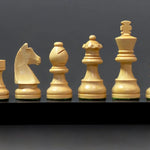
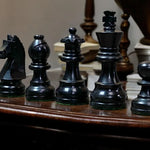
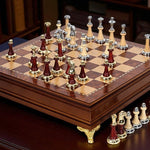
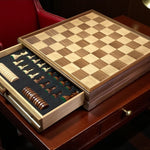
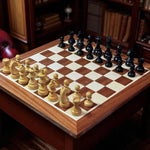
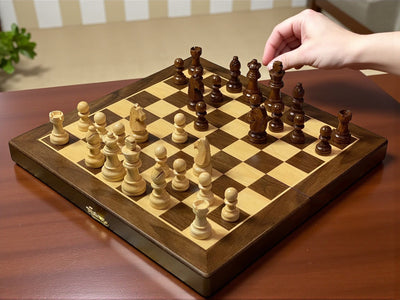
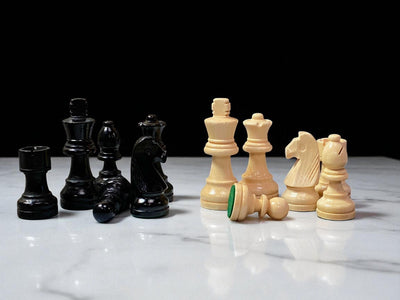
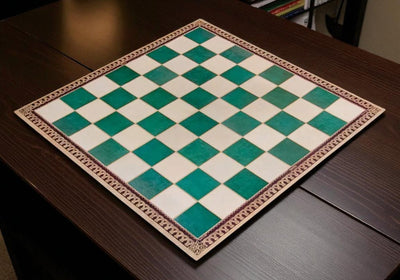
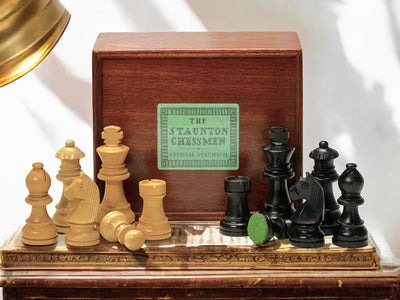
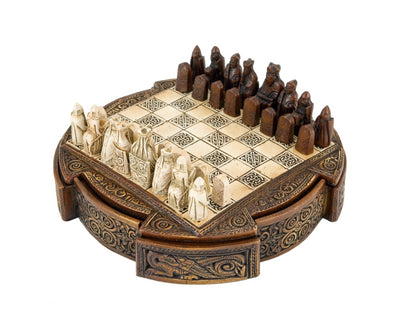

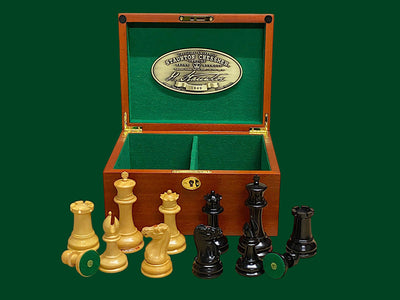
Leave a comment